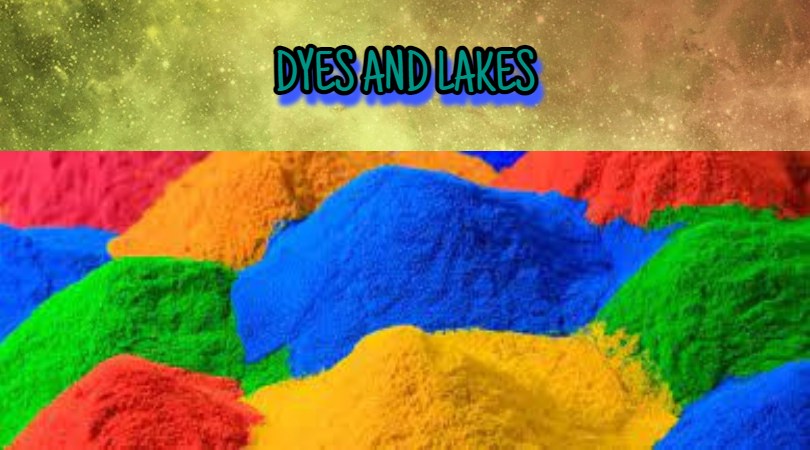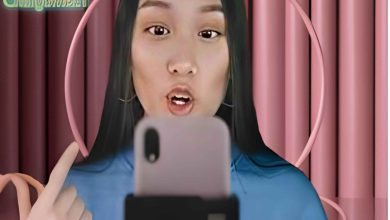Food colors have been reigning over the food and beverage industry since multiple decades. The need to beautify foods has existed from centuries and the market is constantly evolving in order to meet the high standards and expectations of the industry.
Table of Contents
In this article,you will learn all about DYES and LAKES:
Earlier, artificially created colors were immensely popular until deemed unfit for consumption. This development lead to frantic research for an alternative source without compromising on quality. Natural colors gained tremendous popularity following awareness that continues to increase.
Application of Dyes:
An important establishment-Food and Drug Administration then began regulating the use of pre-existing food colors. FDA administers testing of all artificially created colors and certifies the products on the basis of predetermined set of regulations that are standard for each product.
Food coloring additives, drugs & cosmetic colors-all undergo the same procedure to gain certificates. This is why artificial colors came to be known as certified colors. However, not every certified color is used in food products-some are permitted to be applied in cosmetics and drugs.
Colors without E numbers have a type of their own. These coloring foods are tagged as colorants due to the intense shades that are naturally present in them. Cherries and berries are the most prominently used coloring foods. They provide color and a distinct flavor.
Aluminium lake colors are elements that are insoluble in water and dissipate colors when immersed. Dyes play an important part in manufacture of lakes and lakes dissipate well in oil. Yet, they are insoluble in oil which is why they are combined with oils and fats. Such elements can be dispersed in different carriers that include the likes of glycerine and sugar solution.
APPLICATIONS OF LAKES:
- Hard panning-a dispersion of water and sugar is formulated for hard panning. In this method, outermost layers of candies like gum ball or pills are dyed with the said dispersion.
- Coloring a fat based product-different compound coatings and chocolate as well are important application of lakes. Lakes are dispersed in vegetable oil of excellent quality and high stability to create the desired color. This mixture is then put on the chocolate to color it as per the requirements.
- Resistance in bleeding-bleeding is a common problem when using dyes. Dyes provide high solubility and this enables them to scatter from one segment of the product to another. Bleeding becomes an obstacle when there are multi-colored products especially with distinctive boundaries.
Due to bleeding caused by lakes, they can be replaced with dyes:
FD & C-Federal Food, Drug & Cosmetic Act regulate usage of suitable colors that are fit for human consumption. Most FD & C colors are invented by using aluminium lakes and dyes. Specific chemicals when dissolved in water exhibit distinctive coloring capacities, these specific chemicals are dyes. Dyes are highly soluble in water but insoluble in oil and are available in effective coarsely powdered form making it not very dusty.
Although natural colors are considered important, artificial colors are still preferred for application in majority of confectionery and food products. Given below are some prevalent dyes used in application of food products:
- FD&C YELLOW 5-once immersed in water, this dye gives out a tint of yellow.
- FD&C YELLOW 6-in water, this dye gives out a tint of orange.
- FD&C GREEN 3-this particular tint is not as popular as other mentioned food dyes. It gives out a combined mix of green and blue when dissolved in water. This does not give out an exact shade of green and is not economical.
- FD&C RED 3-when added to water, it brings out a shade of pink.
- FD&C RED 40-red color can be achieved by adding this dye to water.
- FD&C BLUE 1-on dissolving in water, one can expect sky blue color from this dye.
- FD&C BLUE 2-dark blue color appears when this dye is mixed in water.
Final Word:
One can achieve different shades of cosmetic lake tints by combining the above mentioned dyes.
Visit for more Best Articles




